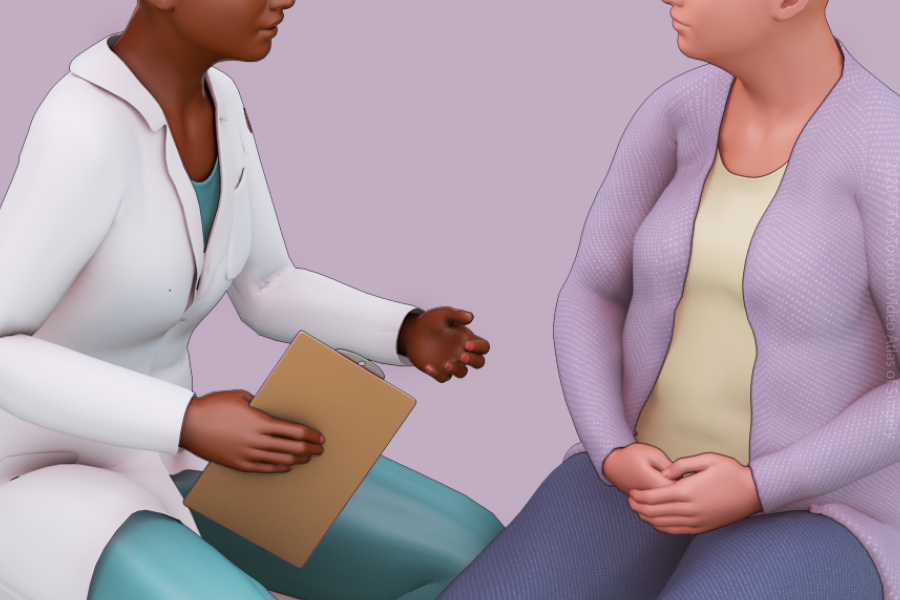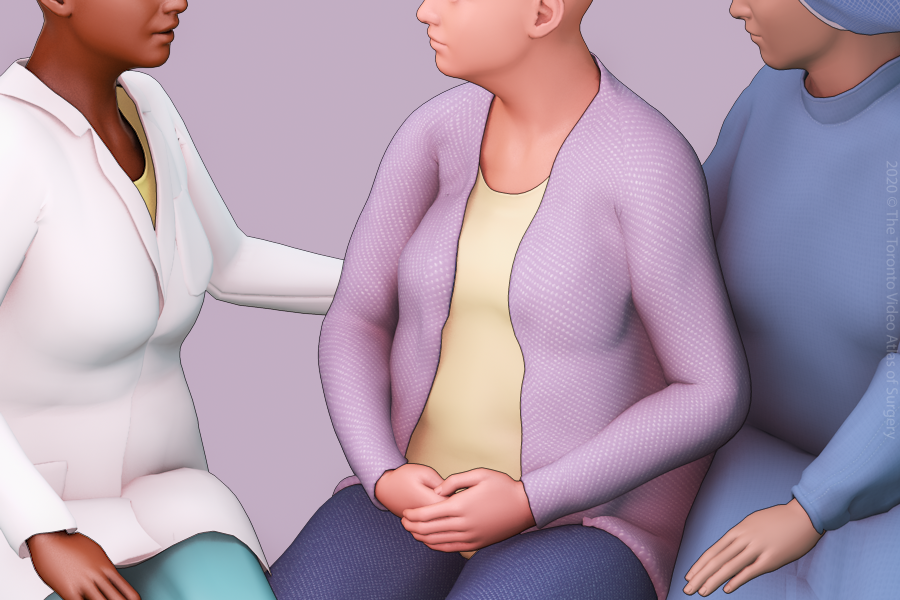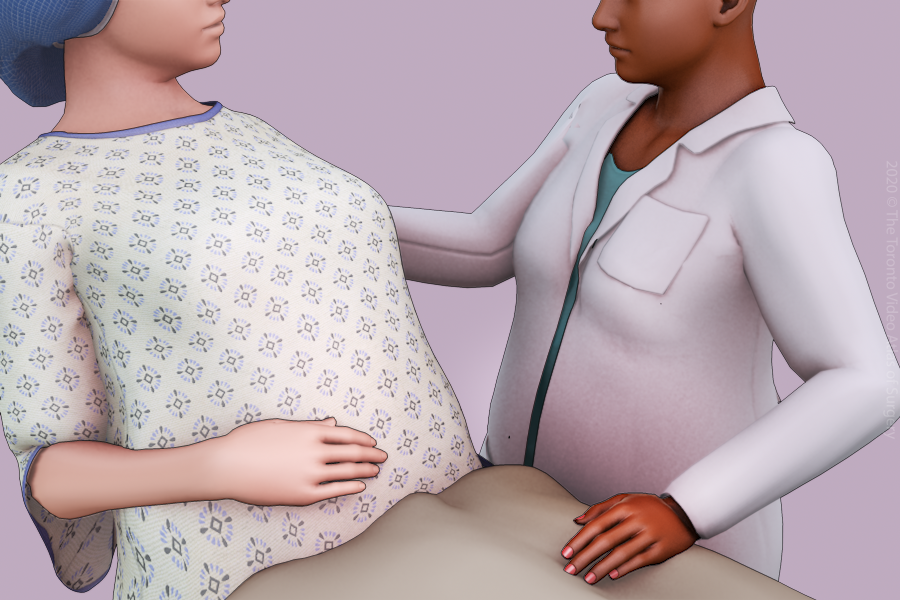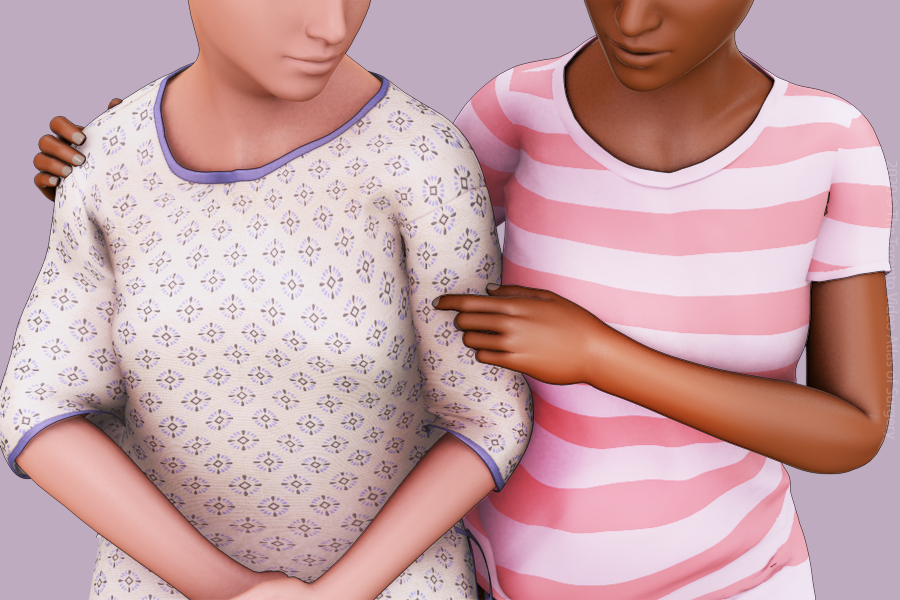What to expect
Preparing for your hysteroscopy


No specific preparations
There are usually no specific preparations before office hysteroscopy without sedation.

In preparation for your procedure, you will be brought to the procedure room where you will meet several members of the medical team involved in your hysteroscopy, including:

The surgeon
Who will be performing your hysteroscopy.

There may be an assistant
Who is a fellow, resident, or another doctor.

There may be a nurse
Who will assist with the hysteroscopy.
Some clinics also have students in any of these roles who may be assisting or observing the procedure.
The size of your team does not necessarily reflect the complexity of your case. Rather, there are many hands to take good care of you!


You will be positioned, lying on your back with your feet supported in stirrups.

The vagina and cervix may be cleaned with a special solution to prevent infection.

The hysteroscope is inserted into the vagina.

The cervix is visualized then the hysteroscope is inserted into the uterus.

Once inside the uterus, the hysteroscope releases fluid to gently expand the uterine cavity and allow your doctor to see the entire lining of the uterus (endometrium).

At the top of the uterus, the opening to the fallopian tubes (tubal ostia) can be seen as two small holes on the top left and right of the uterus.

If there are polyps, an instrument attached to the hysteroscope can be used to remove them.

Anything that is removed will be sent to the pathologist to look at under the microscope.


After your procedure, you may be asked to wait in the waiting room until you are feeling well.

Non-prescription pain medications like acetaminophen (Tylenol) and ibuprofen or naproxen (Advil/Alleve) are usually enough for good pain control. You should not need a prescription for pain medication after this procedure.